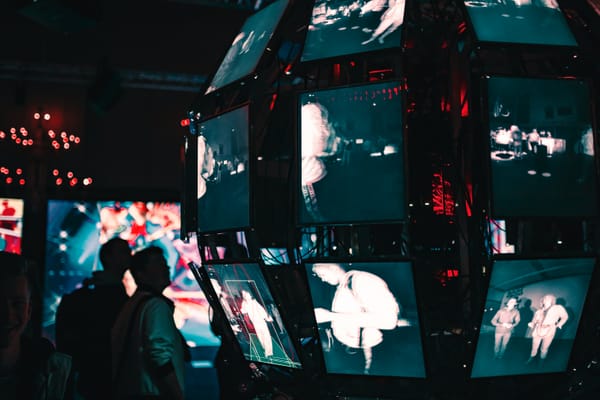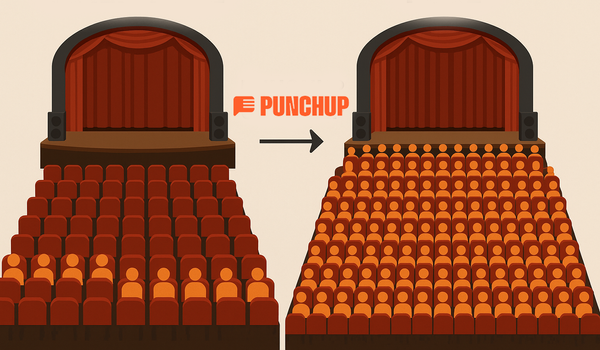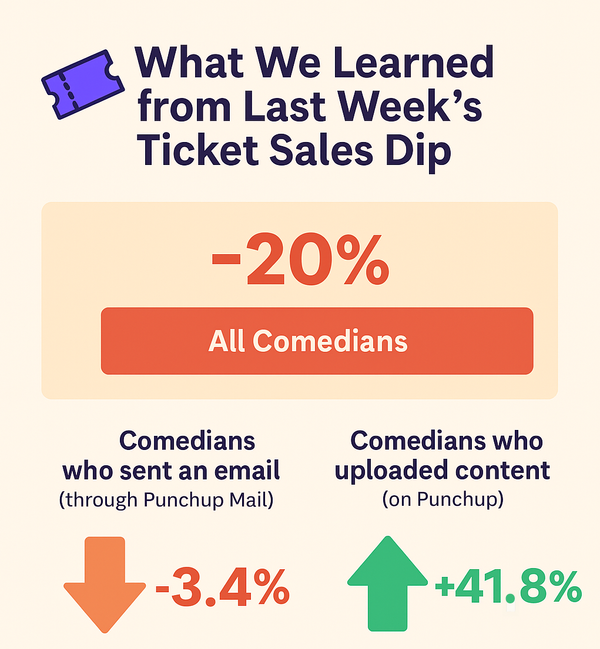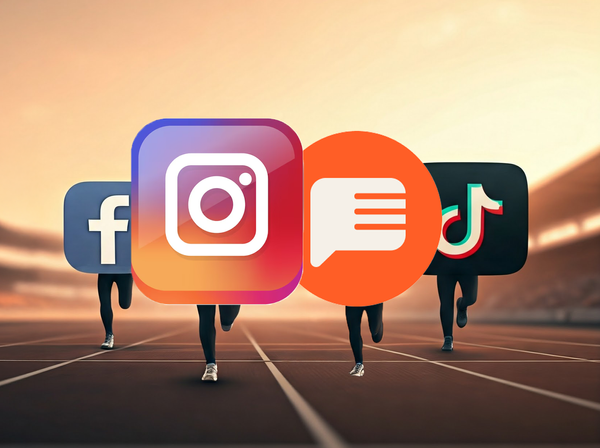Why Beyoncé’s Tour Isn’t Selling as Well as Expected — And What It Tells Us About the New Era of Live Entertainment

To set the record straight: I love Beyoncé. She is, without question, the most talented and hardworking artist of my generation. This post is not a critique of her, her music, or even her memorable role in Austin Powers: Goldmember. Instead, it’s an exploration of how the promotion of live entertainment has radically shifted in a post-COVID world — and why even a global superstar like Beyoncé can stumble if the strategies don’t evolve alongside that shift.
Selling out a tour ultimately comes down to two core challenges: properly gauging demand, and then making the most of that demand through smart awareness and frictionless ticket purchasing. This post focuses on the second half of that equation — how to convert interest into action. In a subsequent post, we’ll share how Punchup is tackling the demand prediction gap. (Hint: it requires merging data sets that currently live in silos — like ticket sales and content engagement. Because relying on historical ticket data or streaming/viewing metrics alone misses a key truth: lots of people watch a YouTube video or stream a song without ever buying a ticket.)
The Pre-Pandemic Playbook: Top-of-Funnel Dominance
Before the pandemic, promoting an arena tour was about one thing: awareness. Big artists like Beyoncé relied on massive media moments and brand collaborations to capture the public’s attention.
Beyoncé was a master at this.
- 2013: Headlined the Super Bowl XLVII halftime show, complete with a Destiny’s Child reunion. Just hours later, she announced the Mrs. Carter Show World Tour — and rode the tidal wave of attention from over 100 million viewers.
- 2016: Delivered a memorable performance at Super Bowl 50, debuting “Formation” just one day after releasing the song. Again, she immediately announced the Formation World Tour, leveraging the cultural firestorm to drive ticket demand.
In those moments, Beyoncé didn’t need to worry about optimizing conversions or micromanaging her marketing funnel. The sheer scale of awareness generated from such events did most of the heavy lifting.
The Post-Pandemic Reality: Fragmented Attention and the Bottom-of-Funnel Challenge
Today, that formula no longer works.
Post-pandemic, people’s attention is wildly fragmented. We no longer all gather around the same TV broadcasts or media outlets. Instead, attention is split across a dizzying array of digital platforms — TikTok, YouTube, Instagram, podcasts, streaming services, group chats, and more.
This means that even Beyoncé can no longer count on a single, splashy media moment to guarantee ticket sales. Capturing attention is just step one. Converting that attention into action — filling arenas — requires careful, precise bottom-of-funnel work.
Discovery Isn’t Guaranteed — Even When You’re Already in the Room
Let’s take a lesson from Apple TV+.
Apple has over a billion iPhone users and a massive install base across Apple Music, Apple News, and the App Store. Yet Apple TV+ has struggled to capture significant market share in the streaming wars. Why?
Because just being present in someone’s ecosystem isn’t the same as getting their attention at the right time, in the right way.
As Julia Alexander recently explained on The Town:
“The idea that you're going to expect people to use their phones as a discovery metric for a TV show doesn't calculate with the way people actually approach their devices.”
On devices like Amazon Fire TV or Roku, when you turn on the screen, recommendations from multiple platforms appear front and center. If a new show is trending, it’s likely to be shown right on the homepage, no extra effort required.
By contrast, Apple’s ecosystem doesn’t surface TV+ content prominently across its devices. You don’t scroll through Apple Music or the App Store and bump into TV shows; you have to actively seek them out — and most people simply don’t operate that way.
In short, it’s not enough to just exist on someone’s device or inside their digital world. Content has to meet people where they already are, with minimal friction, and invite them in.
Why This Matters for Beyoncé’s Tour
Beyoncé has no shortage of cultural presence. But presence isn’t the same as proactive, visible, frictionless conversion.
It’s not enough for fans to know she’s famous, or to vaguely remember she’s touring. They need to be shown — repeatedly and contextually — that tickets are available, when they’re on sale, and how to grab them, right where they already are digitally.
- Is there a push notification hitting their phone at the right moment?
- Are personalized ads or emails surfacing to remind fans in each tour city?
- Does her official site streamline the path to purchase, without making people dig?
Without these bottom-of-funnel strategies, even a superstar like Beyoncé can get lost in the endless churn of digital noise.
Why the Old Strategies No Longer Work
In the past, high-profile marketing stunts like Netflix specials or Super Bowl performances could reliably create a surge in demand. But today, even these big moments are competing with a nonstop digital feed of entertainment options.
What’s required now is a more surgical, e-commerce-focused approach:
- Predictive analytics around tour demand
- Optimized user flows on artist and venue websites
- Direct fan outreach
- Efficient digital marketing campaigns
- Common-sense management of the resale market to reduce scalping distortions
The Scalping Trap: Secondary Market Chaos
Beyond the well-discussed problem of bots snapping up tickets and inflating prices, there’s another damaging, experience-breaking issue for Beyoncé’s fans: sheer confusion and friction in the buying process.
When you go to Ticketmaster to buy Beyoncé tickets, here’s what you encounter:
- Primary and secondary tickets mixed together in the same map view. This makes it look like there are tons of seats available, even when the primary inventory (the artist’s actual tickets) is largely gone. Without perceived scarcity, urgency vanishes.
- Wildly inconsistent pricing between primary and resale tickets makes it nearly impossible to know if you’re getting the best value or being taken for a ride. You end up spending 3x the time analyzing what seat to buy.
The consequences are real:
- Fans get discouraged, confused, or fed up — and abandon their carts
- Venues end up partially filled despite strong demand, because resale dynamics distort who’s actually holding tickets
- The Beyoncé brand gets diluted by an experience she doesn’t fully control
The Takeaway: Selling Out a Tour in 2025
If even Beyoncé can stumble under today’s market dynamics, it’s a wake-up call for the entire live events industry. Success now requires more than just star power — it demands:
✅ Frictionless, user-friendly digital presences
✅ Proactive, targeted outreach to the right fans
✅ Smarter ticketing strategies that protect fans and artists from resale chaos
Selling out a tour today means you can’t just put the offer out there and hope. You have to bring it to the fan — across the right devices, at the right moments, in the right ways.
In subsequent posts, I’ll dive into the specifics of what makes an efficient website, direct outreach strategies, and our simplified ticketing vision.
In the meantime, feel free to check out the post I made outlining advertising strategies for comedians (but it applies across live entertainment): https://blog.punchup.live/facebook-ads-a-guide-for-comedians/





